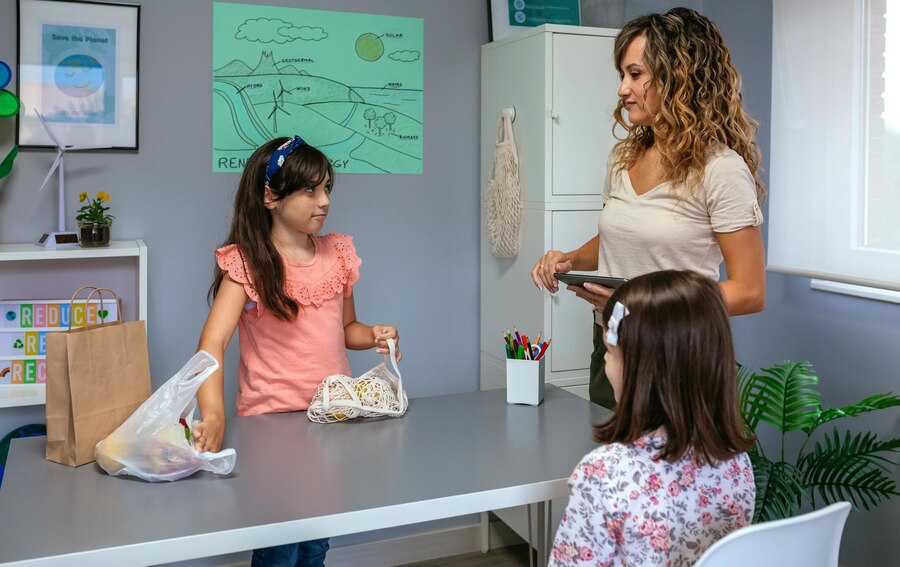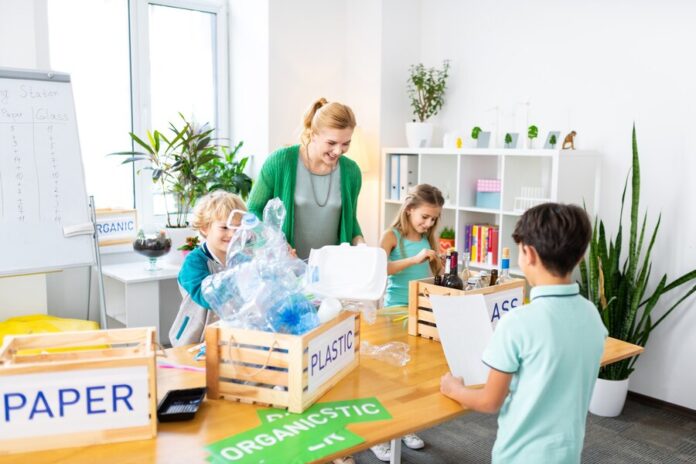In an age where technology has infiltrated nearly every aspect of our lives, education is no exception. The concept of a paperless classroom has gained traction as educators seek innovative ways to enhance learning while promoting sustainability. But what exactly does a paperless classroom entail, and how can it transform the educational landscape? This post dives into the intricacies of going paperless, offering insights into its benefits, tools, and implementation strategies. Whether you’re a teacher, administrator, or educational technology enthusiast, understanding the dynamics of a paperless classroom can pave the way for a more efficient, engaging, and environmentally friendly teaching environment.
Understanding the Paperless Classroom
A paperless classroom eliminates the need for traditional paper-based resources, replacing them with digital alternatives. This shift encompasses everything from textbooks and worksheets to exams and assignments. At its core, a paperless classroom utilizes digital devices such as tablets, laptops, and interactive boards to facilitate teaching and learning. The transition to a paperless environment brings numerous advantages. For educators, it reduces the time spent on administrative tasks, such as photocopying and grading, allowing more focus on instruction. Students benefit from immediate access to a wealth of information and resources, fostering a more engaging and interactive learning experience. Furthermore, a paperless approach supports personalized learning, enabling teachers to tailor lessons to individual student needs.
Tools and Technologies for a Paperless Environment
Implementing a paperless classroom involves leveraging various tools and technologies to support digital learning. One might start with learning management systems (LMS) like Google Classroom or Canvas, which streamline the distribution and collection of assignments. These platforms provide a centralized space for communication, resource sharing, and feedback. Additionally, digital note-taking apps such as Notability and Microsoft OneNote allow students to organize their thoughts and collaborate with peers seamlessly. Hardware plays a crucial role in this transition as well. Tablets and laptops are essential for accessing digital materials, while interactive whiteboards enhance classroom presentations and discussions. These technologies create a dynamic learning environment that encourages student participation and collaboration.
Implementation Strategies
Transitioning to a paperless classroom requires careful planning and execution. Begin by assessing your current infrastructure and determining the necessary technology investments. It’s crucial to involve all stakeholders, including teachers, students, and parents, to ensure a smooth transition. Start by digitizing existing resources and gradually introduce new digital tools and platforms. Providing professional development and training for teachers is essential to equip them with the skills needed to effectively manage a paperless classroom. Addressing potential challenges, such as internet connectivity issues and resistance to change, is critical to the success of the transition. By taking a step-by-step approach and fostering a supportive environment, schools can successfully implement paperless classrooms.

Case Studies and Success Stories
Numerous schools have successfully embraced the paperless classroom model, reaping tangible benefits in the process. For instance, [ABC High School] witnessed a 30% increase in student engagement after implementing a paperless initiative. Teachers reported that students were more motivated to participate in class discussions and complete assignments on time. In another example, [XYZ Elementary School] saw a significant reduction in paper waste, saving both costs and resources. These schools attribute their success to strong leadership, effective use of technology, and a culture of collaboration among teachers, students, and parents. Testimonials from educators highlight the positive impact of going paperless, emphasizing the convenience, efficiency, and enhanced learning experience.
Future of Paperless Learning
The future of paperless learning is bright, driven by emerging trends and technologies. The COVID-19 pandemic has accelerated the adoption of digital solutions, highlighting the importance of flexibility and adaptability in education. Virtual reality (VR) and augmented reality (AR) are poised to revolutionize the classroom, offering immersive learning experiences that transcend traditional textbooks. Artificial intelligence (AI) and machine learning will further personalize education, providing tailored feedback and support to students. As these technologies continue to evolve, the potential for more interactive and engaging learning environments is limitless. By staying abreast of these developments, educators can harness the power of paperless learning to prepare students for a digital future.
Conclusion
The transition to a paperless classroom offers numerous benefits, from enhanced student engagement to significant cost savings. By adopting digital tools and technologies, educators can create a more efficient, interactive, and sustainable learning environment. The success stories of schools that have embraced paperless learning serve as inspiration for others to follow suit. As we look to the future, it’s clear that paperless classrooms will play a pivotal role in shaping the next generation of learners. Educators are encouraged to explore the possibilities of digital transformation and share their experiences with others. Together, we can unlock the full potential of a paperless classroom and pave the way for a brighter educational future.


